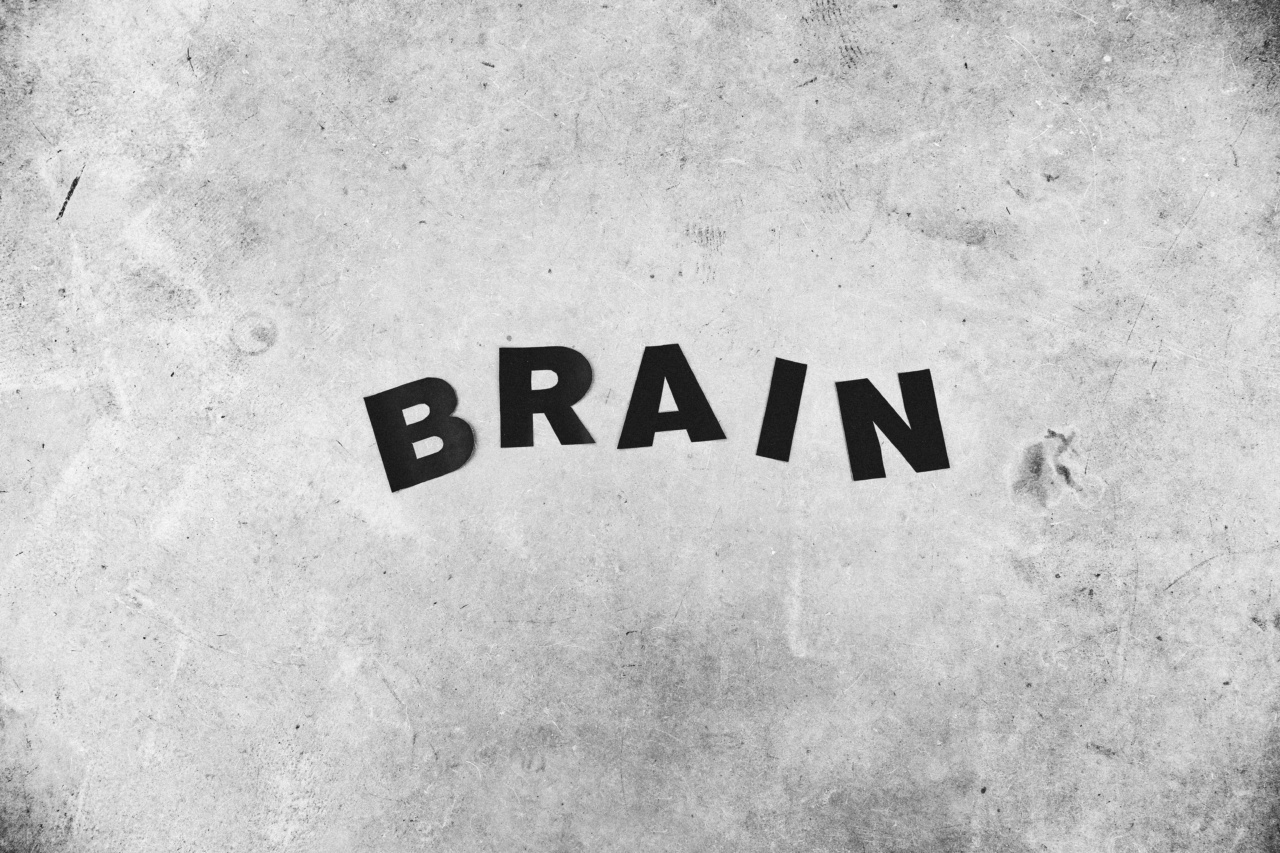Aging is a natural process that can impact an individual’s cognitive abilities. Memory loss is one of the most significant cognitive decline effects caused by this phenomenon, which can significantly affect one’s daily activities.
To address this issue, researchers have been exploring different ways to enhance memory abilities in elderly individuals. One of the most promising methods is non-invasive brain stimulation. This technique involves applying an electrical or magnetic current to the brain to stimulate its neural network and improve cognitive functions.
In this article, we will explore the benefits of non-invasive brain stimulation in enhancing memory in elderly individuals.
What is non-invasive brain stimulation?
Non-invasive brain stimulation is a technique that involves using an external device to apply electrical or magnetic currents to the brain’s surface.
These currents create an electrical field that can affect the neural network’s activity in the stimulated area. This technique is non-invasive because it does not require surgery or the insertion of any devices into the brain.
Non-invasive brain stimulation can be performed using two primary methods: transcranial magnetic stimulation (TMS) and transcranial direct current stimulation (tDCS).
How does non-invasive brain stimulation improve memory?
Non-invasive brain stimulation has been found to enhance memory by promoting neuroplasticity, which refers to the brain’s ability to change and adapt in response to new information or experiences.
Neuroplasticity is essential for learning new skills and maintaining cognitive abilities, including memory formation and retrieval. Non-invasive brain stimulation induces changes in the neural network’s activity, which can increase neuroplasticity and enhance cognitive functions, including memory.
Studies on non-invasive brain stimulation and memory enhancement
Several studies have investigated the effectiveness of non-invasive brain stimulation in enhancing memory abilities in elderly individuals.
One study published in the Journal of Alzheimer’s Disease (2014) found that TMS stimulation improved language and memory performance in Alzheimer’s patients compared to a placebo group. Another study published in the Journal of Neuroscience (2013) found that tDCS stimulation improved memory retention in healthy elderly individuals.
Moreover, a recent meta-analysis of several studies conducted on non-invasive brain stimulation and cognitive functions in elderly individuals concluded that this technique is effective in enhancing cognitive abilities, including memory performance.
However, the authors emphasized the need for more rigorous studies to identify the most effective stimulation parameters and long-term effects of non-invasive brain stimulation on cognitive function.
The potential of non-invasive brain stimulation for clinical applications
The promising results of non-invasive brain stimulation in enhancing cognitive functions, including memory performance, have led to its potential use in clinical applications.
Non-invasive brain stimulation has been used in the treatment of several neurological and psychiatric disorders, such as depression, Parkinson’s disease, and stroke. Moreover, non-invasive brain stimulation can also be used to enhance the cognitive abilities of elderly individuals and improve their quality of life.
However, more research is needed to identify the most effective stimulation parameters and long-term effects of non-invasive brain stimulation in clinical settings.
Risks and side effects of non-invasive brain stimulation
Non-invasive brain stimulation is generally safe and well-tolerated by individuals. However, some individuals may experience mild side effects, such as headaches, tingling, or itching sensations during or after the stimulation.
These side effects are usually temporary and resolve soon after the stimulation is stopped. However, in rare cases, some individuals may experience more severe side effects, such as seizures. Therefore, non-invasive brain stimulation should always be performed under the supervision of a trained and qualified healthcare professional.
Conclusion
Non-invasive brain stimulation is a promising technique for enhancing memory abilities in elderly individuals.
This technique has been found to induce changes in the neural network’s activity, increase neuroplasticity, and improve cognitive functions, including memory performance. The potential of non-invasive brain stimulation for clinical applications in the treatment of cognitive disorders, including memory loss, is also being explored.
However, more research is needed to identify the most effective stimulation parameters and long-term effects of non-invasive brain stimulation.



























